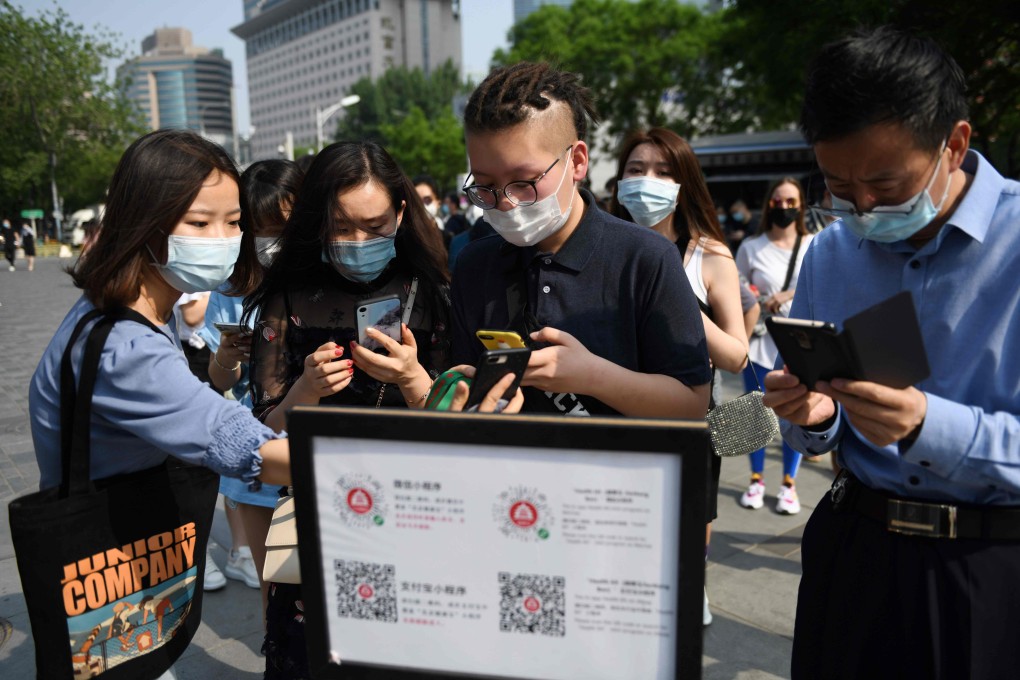Shanghai adds personal ID to its Covid-19 health codes, joining new functions that include mobile payments and borrowing library books
- With Covid-19 largely under control in China, Shanghai is expanding the use of its Suishen Code to outlast the pandemic
- The coloured QR codes can now be used as ID and a library card or to pay for public transport and hospital visits

The Shanghai Municipal Health Commission said on Thursday that the city is now using its coloured health codes “as proof of personal identification”. The government said the code acts as “real” and “effective” proof of a user’s digital identity, which is backed by a sea of public data. It added that the codes will have “personalised” and “integrated” capabilities for different scenarios.
Health codes were first introduced in Hangzhou back in February as a way of indicating a person’s risk of being infected by the coronavirus. A green code meant a person was free to move about the city. A yellow or red code meant that the person had to quarantine for seven or 14 days respectively.
Other cities soon rolled out their own health codes that could be accessed through mini-programs either on Alipay or Tencent’s WeChat. Alipay is owned by Ant Financial, an affiliate of South China Morning Post owner Alibaba.
More than 34 million people have already used Shanghai’s version, known as Suishen Code, the government said in a press conference on Thursday. The city’s population is just 24 million, but visitors also have to use the codes.
While using the codes for identification is new, Shanghai has been slowly expanding their application for months. Starting in May, the codes could be used to visit public swimming pools. The following month, visitors could use the codes to get into the Shanghai Grand Theatre.